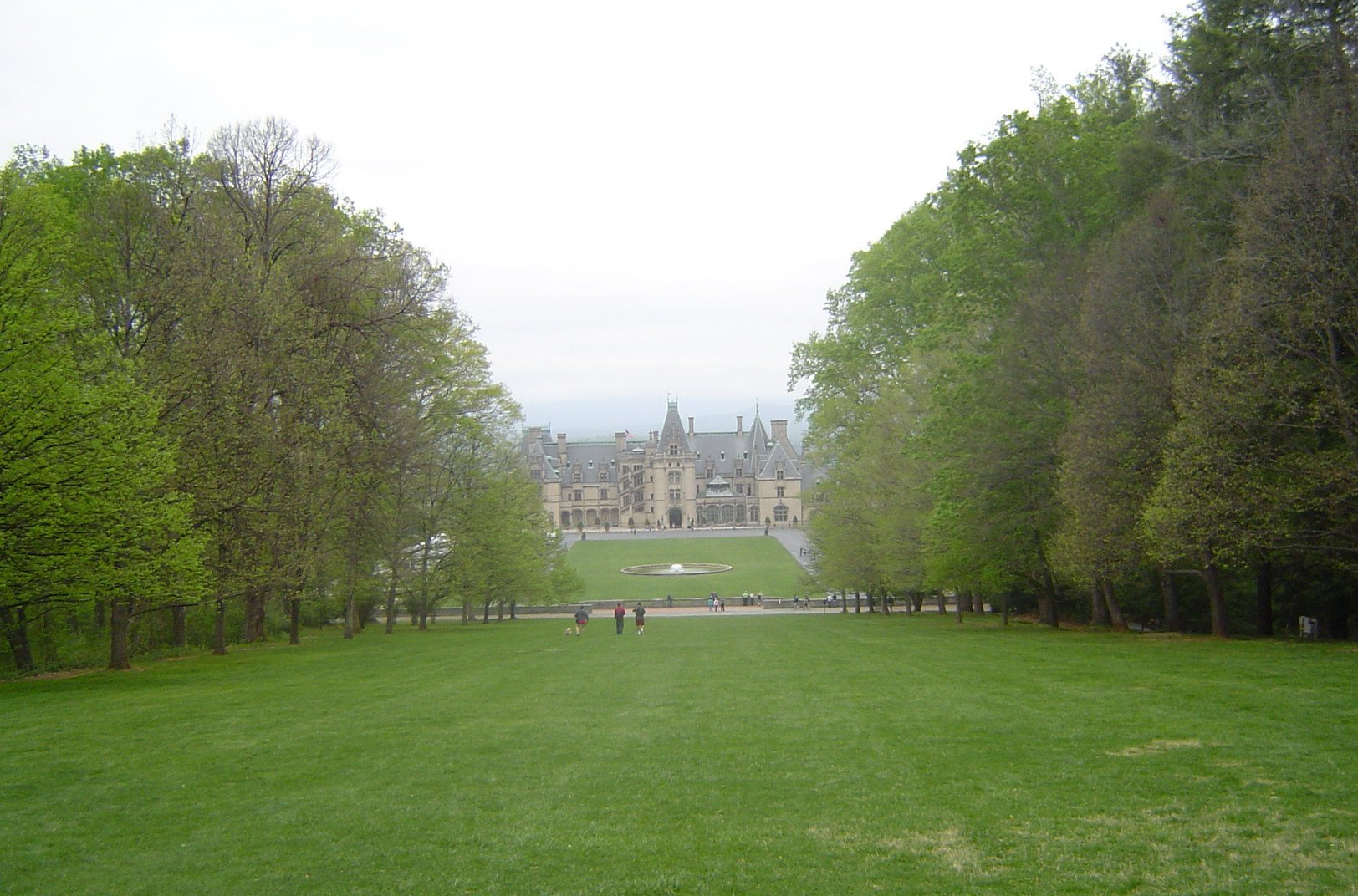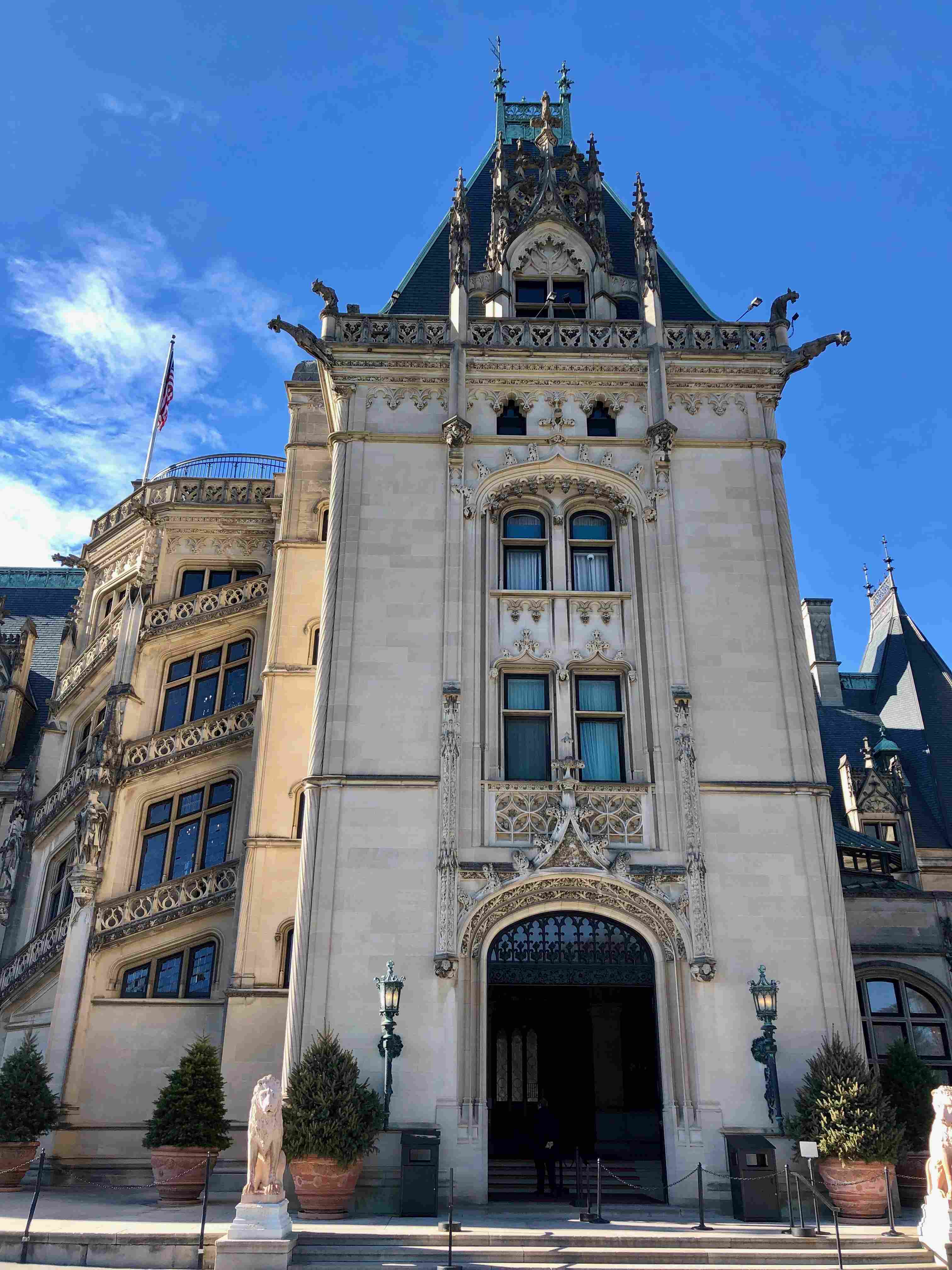The Biltmore Estate Forest, spanning approximately 3,891 acres, is a testament to America’s forestry heritage. Located on the historic Biltmore Estate in Asheville, North Carolina, this woodland area played a pivotal role in the development of modern forestry practices in the United States. With its diverse ecosystem, rich history, and ongoing conservation efforts, the Biltmore Estate Forest continues to be a significant site for both environmental study and public enjoyment.
What is the Extent of the Biltmore Estate Forest?

The Biltmore Estate Forest covers a substantial portion of the estate’s grounds:
- Total forest area: Approximately 3,891 acres
- Percentage of estate: Over half of the estate’s surface
- Part of larger grounds: 125,000 acres in total
This expansive woodland is home to a diverse array of tree species, primarily deciduous, including:
- White Oak (most prevalent)
- Black Oak
- Scarlet Oak
- Spanish Oak
- Short-leaf Pine
- Chestnut
- Hickory
- Chestnut Oak
- Black Gum
- Maple
- Tulip Tree
Where is the Biltmore Estate Forest Located?

The Biltmore Estate Forest is situated in a unique geographical location:
- Region: On the great continental table-land
- Distinction: Highest east of the Mississippi
- Position: Between the Blue Ridge and the Alleghany Mountains
The terrain of the forest is characterized by:
- Broken, hilly land
- Broad alluvial bottoms
- Frequent clearings on hilltops and shoulders
This diverse landscape contributes to the rich biodiversity of the forest ecosystem.
What Trails Can Visitors Explore in the Biltmore Estate Forest?
While specific trail details are limited, the Biltmore Estate Forest offers several notable trails for visitors to explore:
- Woodland Trail
- Meadow Trail
- Creekside Trail
These trails, designed by renowned landscape architect Frederick Law Olmsted, allow visitors to experience the beauty and diversity of the forest firsthand. To enhance the visitor experience, the estate provides:
- Trail maps and guides (available at the visitor center)
- Digital resources, including interactive maps (likely available on the estate’s website)
- Amenities such as rest areas and parking facilities
- Accessibility options for visitors with diverse needs
What Wildlife Can Be Observed in the Biltmore Estate Forest?
The Biltmore Estate Forest is home to a diverse range of wildlife, although specific population details are not provided. Given its location and ecosystem, visitors might expect to encounter:
- Various bird species
- Mammals such as deer and squirrels
- Reptiles including snakes and turtles
For the best wildlife observation opportunities, visitors should plan their excursions during:
- Early morning hours
- Late afternoon
While specific wildlife-focused tours are not mentioned, general guided tours of the estate may provide information about the local fauna.
How Did the Biltmore Estate Forest Contribute to American Forestry?
The Biltmore Estate Forest played a crucial role in the development of American forestry:
| Year | Event |
|---|---|
| 1888-1895 | Establishment of Biltmore Estate by George Washington Vanderbilt |
| 1891 | Frederick Law Olmsted implements systematic forest management plan |
| 1892 | Gifford Pinchot hired to manage the forest, implementing profitable management |
| 1895 | Dr. Carl A. Schenck establishes the Biltmore Forest School |
| 1914 | 86,700 acres sold to create Pisgah National Forest |
Key figures in this history include:
- Frederick Law Olmsted: Landscape architect who designed the estate’s gardens and advocated for protective forest management
- Gifford Pinchot: Implemented the first profitable forest management plan in the U.S.
- Dr. Carl A. Schenck: Established the first forestry school in the United States
What Historical Markers Can Visitors Find in the Biltmore Estate Forest?
While specific markers within the Biltmore Estate Forest are not detailed, visitors interested in the area’s forestry history can explore:
- The Cradle of Forestry in America (located in nearby Pisgah National Forest)
- Features historical buildings
- Displays a 1915 Climax logging locomotive
- Houses an antique portable sawmill
- Offers interpretive signs and trails highlighting early American forestry
The Biltmore Estate Forest stands as a living monument to the birth of American forestry, offering visitors a unique blend of natural beauty, historical significance, and ongoing conservation efforts. Whether exploring its trails, observing wildlife, or learning about its pivotal role in forestry history, the Biltmore Estate Forest provides a rich and rewarding experience for nature enthusiasts and history buffs alike.
References:
1. https://www.lib.ncsu.edu/specialcollections/forestry/schenck/series_v/gfi/PinBilt.html
2. https://files.eric.ed.gov/fulltext/EJ1424801.pdf
3. https://www.nationalforests.org/blog/biltmore-estate-the-birth-of-forestry
